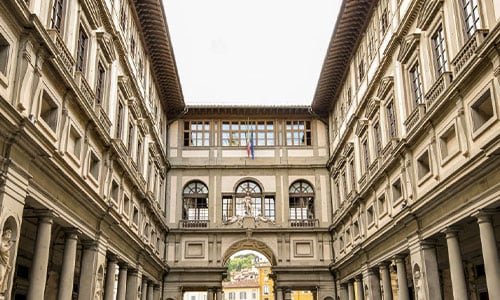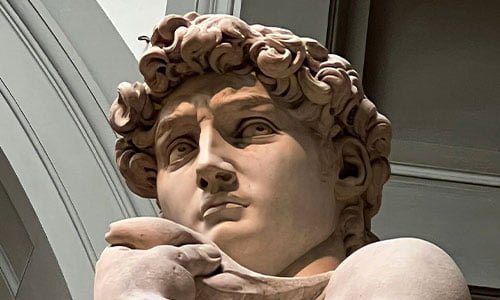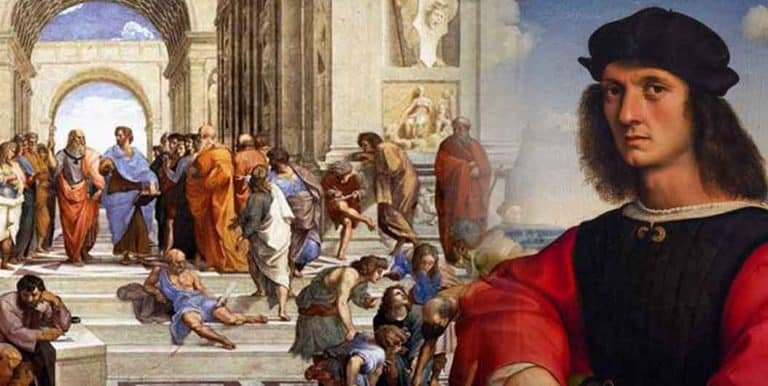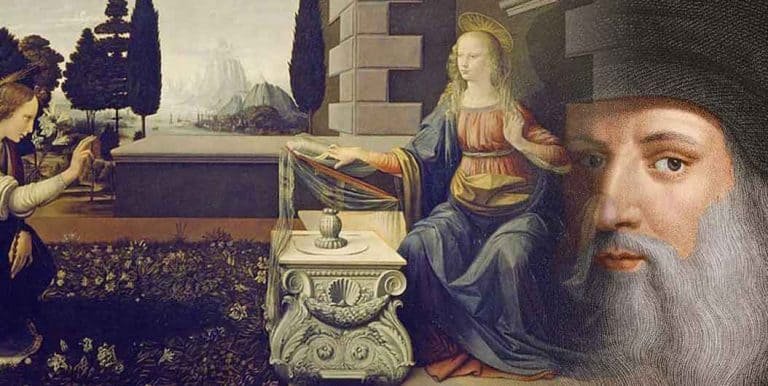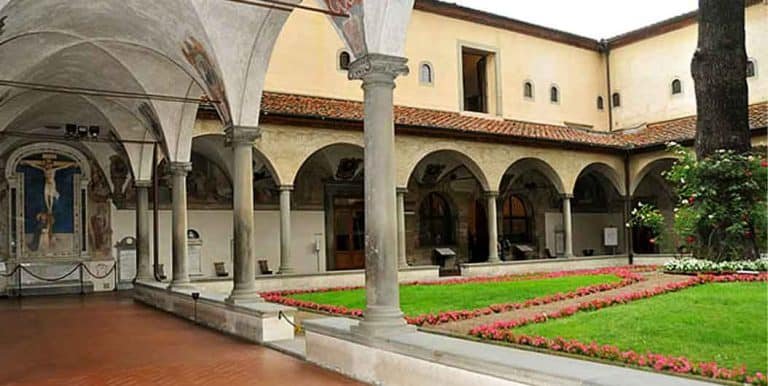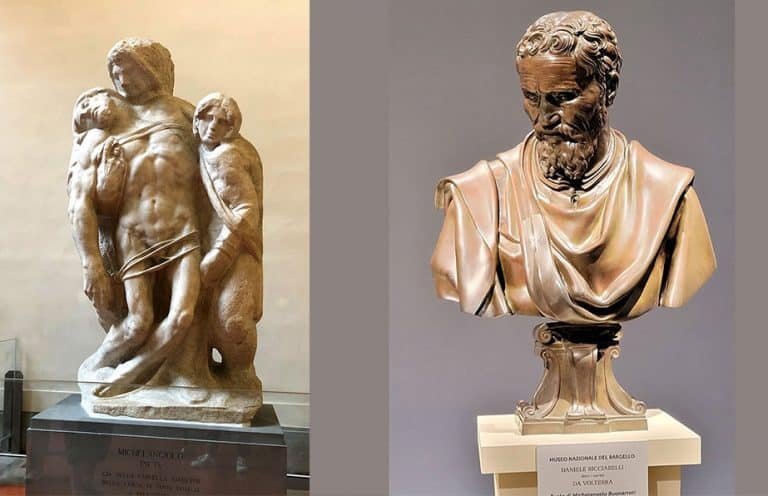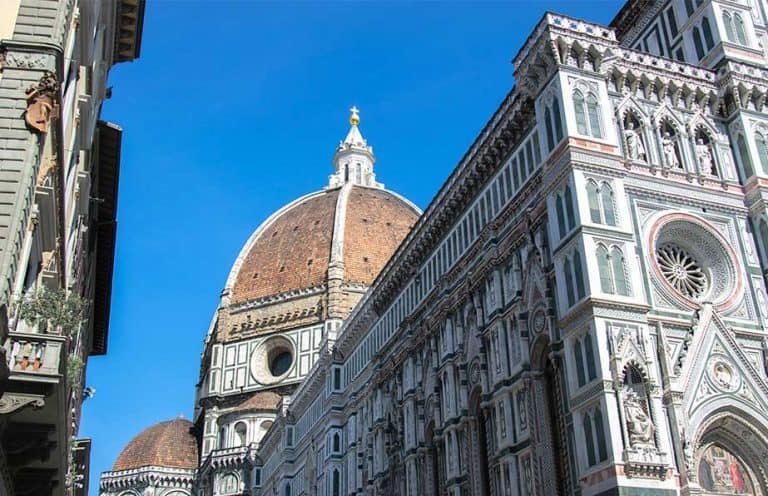Giorgio Vasari, Italy’s Treasure from 1511 to 1574
If not for Giorgio’s work, we wouldn’t know his art world Renaissance that we do now. It is believed that Vasari was the first to use”Renaissance” and ‘ Renaissance’ and the mention of the term ‘Gothic’. It is possible to say that Vasari was the first art historian who wrote the biographies of a multitude of famous artists, accumulating information about their lives as well as their work in his books:
‘Le Vite de’ piu eccellenti pittori, scultori e architettori.
The Lives of the Most amazing artists, Sculptors and Architects’.
The work is usually called “Le Vite” or “The Lives‘. It is the beginning of the evolution of Italian art, beginning with Giotto and continuing until Michelangelo Buonarroti.
This work is not only focused on the life of an artist, but it also focuses on the techniques and styles used. This is a fantastic exception from “Le Vite’when John of Bruges has damaged his work by dry-dried in the sun. He is determined to discover an alternative mix of varnish.
He tried many different methods and finally discovered that the linseed oil and nuts oil were the most effective for drying out of all the ones he tried. After boiling them together with his other ingredients and then he created the varnish he or, more precisely, all the artists around the globe have been wanting ‘.
It is generally accepted that due to the lavish embellishments of the work certain facts are not certain in the sense that there is a distinct bias toward the Florentines, but that doesn’t detract from being aware that this book offers a unique view that allows us to look at the period when it was created, as well as all the gossip that Vasari provides…
It first appeared in 1550 and was dedicated to the Grand Duke Cosimo I de’ Medici. In 1598, portraits of woodcuts from the artist were included, and the book was then enlarged and then republished.

Vasari was more than just writings. He was also an artist, and his personal life is also included in the magazine ‘ Le Vite’. Not just an artist as well as an architect. He also designed the loggia at the Palazzo degli Uffizi and the Vasari Corridor, which runs alongside the Arno.
The Vasari Corridor, which runs alongside the Arno and traverses across the Ponte Vecchio, is a popular piece of his work. The route begins at the Palazzo Vecchio, joining the Uffizi and then connecting to it at the Palazzo Pitti.
At the beginning of the year
In his early years, Giorgio was sent to become a student at his studio Guglielmo de Marcillat, a skilled stained glass master. Then, he was taken to Florence in accordance with “Le Vite” (in the translation of E.L. Seeley), quote:
“At this point in the year1525. Giorgio Vasari was brought as an infant in 1525 to Florence through the patronage of the city of Cortona and enlisted together with Michel Angelo to learn the art. He was, however, after being summoned to be sent by Pope Clement VII to Rome, decided that Vasari should attend Andrea del Sarto, and he went to Andrea’s studio to suggest Andrea del Sarto take care of him.’
Rosso Fiorentino and Jacopo Pontormo were both students at Andrea del Serrato’s circle. Giorgio Vasari had a lifelong admiration for Michelangelo Buonarroti and became friends with him. In 1529, he was a part of the Medici family in Rome and studied the various forms of Roman antiquity, as well as the works of Raphael within the Vatican.
His style was a Tuscan Mannerist style, and by the age of 26, he was well-liked by his Medici family and was financially prosperous. He became an integral part of every artistic and high society circle, allowing him to listen to the world, and observe and gather data to create his works.
In 1542, Vasari began to restore his home in Arezzo. Then, he completed the decorations of the walls and the vaults a few years later. The building is now known as the Museo Casa Vasari, and it was his home. It was grand and featured three floors, as well as an outdoor garden. He was highly regarded within this town. He was extremely rich.
His wife was Niccolosa Bacci, who came from a well-off and renowned family, further enhancing his status in society. His most prestigious honour was the title “Knight of the Golden Spur’bestowed upon him by the Pope.
In 1547, he received a commission from Cardinal Alessandro Farnese to paint a fresco of the history of Pope Paul III in the Cancelleria in Rome ‘ Sala dei Cento Giorni’. The exaggerated gestures of the characters in the fresco are characteristic of the Mannerist style. Mannerist style. The work was completed within a relatively short period of time, one hundred days. It was believed by some to have diminished the artistic quality of the piece.
Palazzo Vecchio
In The Palazzo Vecchio, the ‘ Salone of the Cinquecento’ or “Hall of the Five hundred” was originally designed to accommodate the Grand Council in 1494, of which there were 500 participants, the large fresco painted by Vasari that he created in 1555-1572, along with his assistants, entices visitors who visit as a focal point. The walls are divided into panels that depict six battles and historical events of Florence.
It is believed to be among Vasari’s most beautiful paintings. The ceiling of “Sala of the Cinquecento’has 39 panels depicting what happened to Cosimo I in a celebration of his Grand Duke. In addition, at the Palazzo Vecchio is the “Studiolo of Francesco, which was created by Vasari as was the staircase leading to on the 2nd floor. Following the demise of Giovanni Battista del Tasso, Vasari, along with his assistants, assumed the responsibility for the design of”The Apartments for the Elements’.
Giorgio Vasari – Other works
In the ‘ Sala Regia’Rome, which is the State Hall in the Apostolic Palace in the Vatican city, the artist painted massive frescoes. They include ‘ Gregorio XI torna da Avignone’and ‘ Battaglia di Lepanto. In 1562, he completed an outstanding example of High Renaissance architecture, namely the octagonal dome of the Basilica dedicated to Notre Dame of Humility in Pistoia following Giuliano da Sangallo’s departure from Tuscany as well. Cosimo I de’Medici gave the work to Vasari.
In 1563, he assisted in founding in 1563 the ” Accademia e Compagnia delle Arti del Disegno’ which Duke of York and Michelangelo founded at its helm.
He also renovated his church of Santa Maria Novella by removing the rood screens and loft and building six chapels on top of the columns. He also rebuilt the Basilica di Santa Croce.
He renovated the interior. There was some damage, and Vasari applied plaster over Giotto’s frescoes! The painting of Vasari’s “Adoration of the Magi’s located in the church. He also designed and constructed Michelangelo’s burial site there.
In 1572, Vasari completed the painting of the enormous Duomo of the cathedral in Florence depicting The Final Judgement. Vasari died in 1574, before the painting was finished, as Federico Zuccaro took over the painting after its completion.
He also designed the bell tower of the church “Cavalieri di Santa Stefano’in Pisa and painted the “Entombment of Santo Stefano’in the church.
Vasari’s relationship with Michelangelo culminated with the passing of the artist’s mentor. It took a while until the body of Michelangelo finally reached Santa Croce, where Vasari constructed his grave. He died in February 1564 but was laid to rest in the tomb in July 1564., according to reports, his body was moved at night through torchlights of the artists of the Academy.
The tomb is surrounded by three sculptures with sad poses, representing the arts of sculpture, painting and architecture. An appropriate place to rest for the long-time friend of Vasari.
Giorgio Vasari legacy
Vasari was killed in 1574 in his residence in Florence. He was sixty-three years old. He was laid to rest inside the cathedral in Santa Maria in Arezzo in an altar he designed for himself. He left us many things to cherish.
Casa Vasari, His home in Florence, was given to him by the Grand Duke Cosimo I de’Medici in 1561. The rooms are decorated in the traditional Mannerist style and are filled with stories from the writings of Pliny and pictures of the artists. In addition, there are the paintings of his peers.
Museo Casa Vasari, in Arezzo in Arezzo, was purchased by him in 1511 and later restored and decorated between 1542-1548. The house was not a place he spent many hours there, however, since his orders kept him in Rome or Florence. The house is filled with frescoes and paintings that represent the best of Mannerist painting.
“Le Vite,” Giorgio Vasari’s work left artworks frescoes, frescoes, and architectural works. However, his works in “Le Vite’are probably considered his most important legacy. The volumes permit us to explore the world of the Renaissance and in terms of art with detailed descriptions of patrons and dates as well as to study the lives and personalities of artists as well as the techniques and techniques employed in the period. The artist also held his personal ideas about artistic talent.
“Sometimes, geniuses succeed when they are at most since they are constantly thinking of concepts and developing their minds the perfect idea, which they then communicate by using the use of their fingers’ Giorgio Vasili.
Italy’s Treasures are more treasured due to the dedication and talent that were the work of Giorgio Vasari.

